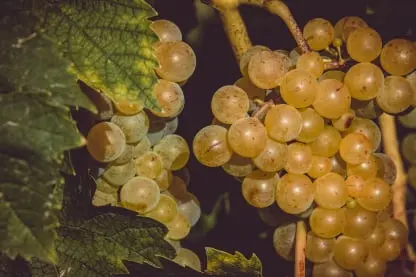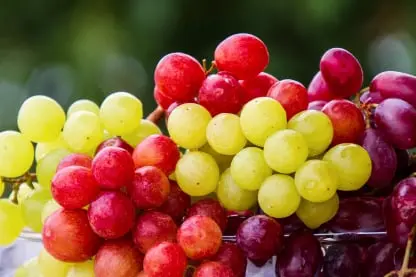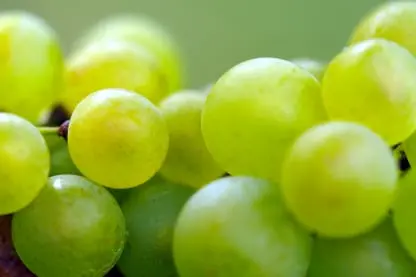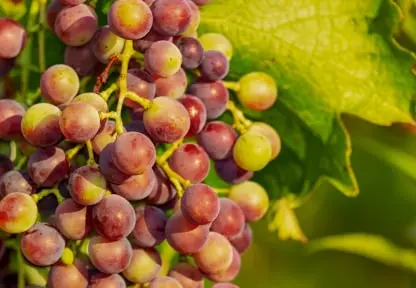Grape packing app:
Grape packing app for table grape exporter, packer, grape wholesalers: Rapidly pack table grapes with quality management, full grape traceability, packing labor management, audit and recalls, sales & shipping, export documentation. Grape packing made easy with Farmsoft grape packing app!

Grape Packing App for accurate order filling & production
View Packing App Specifications.
Table grapes (not wine grapes) are grown in two main regions throughout California table grapes: the Coachella Valley (southern California) and the San Joaquin Valley (central California). The example provided here is from a growing operation in the Coachella Valley.
When is Grape Season in California?
Between the two main growing regions in the state, table grapes grown in California are available from May to January, with the season starting in the Coachella Valley and ending in the San Joaquin Valley. So, make sure you check your grape packaging to see that you are buying California grown grapes when/where possible!
Table Grape Harvest & Packing
For a detailed overview of the entire harvesting and packing process, check out the video below! In it, you can also see what the bunches look like before harvest compared to the bunches you buy at the grocery store!

Grape packing app manages food safety
Entering the European market for table grapes
Last updated:
06 February 2023
Takes 30 minutes to read
The European grape market is highly competitive and most of the table grape supply is programmed by large retailers. New grape varieties can help you improve productivity and extend your season with high-quality grapes. Early or late varieties will help you efficiently fill in the gaps in the supply windows between producers from Peru, Chile, South Africa and India, which often flood the market in the European counter season.
Contents of this page
What requirements and certifications must table grapes comply with to be allowed on the European market?
Through what channels can you get table grapes on the European market?
What competition do you face on the European table grape market?
What are the prices for table grapes on the European market?
1. What requirements and certifications must table grapes comply with to be allowed on the European market?
Fresh table grapes must comply with the general requirements for fresh fruit and vegetables. You can find these in the general buyer requirements for fresh fruit and vegetables on the CBI market information platform. You can also use the My Trade Assistant of Access2Markets, which provides an overview of export requirements for fresh table grapes (HS code 08061010).

Grape Packing App for reduced food & fresh produce waste
Table grapes are one of the leading table grape fruit species cultivated in several countries due to their distinguishing sensory and nutritional properties. However, grapes are a non-climacteric fruit with relatively low physiological activity after harvest, and they are highly perishable due to gray mold caused by Botrytis cinerea as well to mass loss, berry softening, color degradation, and dehydration and darkening of the stem. To avoid all these difficulties, several packaging materials are used during cold storage to keep table grapes fresh and healthy for consumers. Proper packaging and cold storage combined can extend the shelf life of high-quality bunches by protecting them from mechanical injuries and decays during transportation and storage.

Grape packing app manages supplier food quality and traceability
Richard (Dick) Lindenmuth, president and CEO of Styrotek (styrotek.com), a California-based company that designs and manufactures EPS packaging for table grapes as well as other foods and pharmaceuticals, discusses grape packaging challenges and solutions.
Why is extending grapes’ shelflife a challenge?
Richard Lindenmuth: Unlike some other fruits, like pears and bananas, that ripen after harvest, grapes do not. They immediately begin to deteriorate — which is exacerbated by varied temperatures from the moment they are picked in the vineyard to the time they reach the grocer’s aisle, and ultimately, the consumer. We know that high temperatures and low humidity cause water loss from the grapes and stems, which ultimately increases the rate of deterioration. Getting the grapes in a cooler temperature and providing them packaging that allows the cooler temperature to be maintained preserves grape quality. This becomes very important to extending shelflife. Maintaining the cold chain with proper cooling and storage, using expanded polystyrene (EPS) grape shipping containers, shelflife can extend up to 120 days vs. less than 10 days with corrugated boxes.